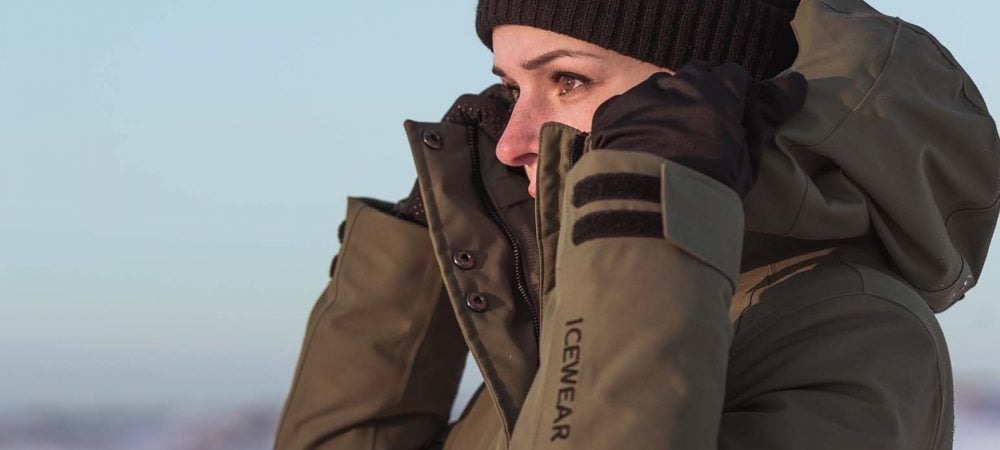How cold will it get in Iceland?
Depending on where you call home, winters in Iceland can be downright cold! The temperatures during the approximate 5 months of winter (November 8 to April 4) vary based upon what part of Iceland you’re visiting. The capital city of Reykjavik, located in the southern reaches of the island, experiences a more temperate climate than that which you’ll find in the countryside or the northern latitudes mainly due to the presence of the North Atlantic Gyre, bringing warmer waters up from further south. For example, Reykjavik’s average temperatures during the winter months range from 32 degrees F to -10 degrees F in the city itself. The temperature range in the northern parts of Iceland is a frigid -13 degrees F to -22 degrees F! While the air is dry, the harsh winds can cause the weather to be very unpredictable, frequently changing in minutes. Icelanders have a saying about the weather: “If you don’t like the weather, just wait 5 minutes.”
Dressing for this changeable weather requires some thought as to the planned activities and the length of time allotted for them. For example, if you’re planning a hiking trip of one or more days, you’ll need to dress in layers, i.e., appropriate gear to allow a moisture-wicking inner layer, an insulating middle layer, and wind and water-resistant outer layer. The fabric of these layers also deserves consideration in that what many of us consider comfortable isn’t a great idea in Iceland. We specifically refer to jeans and cotton shirts as these fabrics are not suitable for moisture control and are potentially unhealthy. Woolen fabric, by contrast, is a much better choice, providing warmth even when wet as well as breathability. These two attributes help to regulate body temperature as well as to control perspiration. Local help is available, as are many garment options to appropriately equip and clothe you for the best possible experience while visiting Iceland.
Let’s talk about that outer layer, specifically the parka. As we mentioned above, the outer layer needs to have a shell that is both wind and water-resistant, but the filling is just as important. The types of filling you’d likely find are down feathers, polyester, or a combination of these. What is a parka? A parka is a coat or jacket which is longer than most jackets, offering more protection and warmth in the cold weather. The longer the length, the more body it covers, and more heat it can trap. Let’s look at each of the types of fillings available for your parka:
- Down feathers: this is nature’s best insulator and gives you the best warmth for the least weight and bulk -- an essential issue if you’re carrying it in a backpack. The downside of down feathers is that they don’t insulate when damp, and they dry slowly.
- Polyester fill: this is a form of compressed water-repellant fibers. This filling performs well when damp, it dries fast and is less expensive than the higher-priced down feathers. Don’t be fooled by “puffy” jackets, thinking they’re warmer. The superfine fibers of polyester fill can create a slimline jacket with superior warmth.A product called Thermore Ecodown filling is also worth consideration. It is a filling made of 100% recycled polyester and makes a durable down alternative. Utilizing Thermore Ecodown filling gives you the best of both worlds with superior protection and eco-friendly production.
- Combination: this type of filling is just as its name suggests -- down feathers and polyester fillings have been combined to provide the warmth, breathability, wind, and water protection that you’ll need in Iceland.







